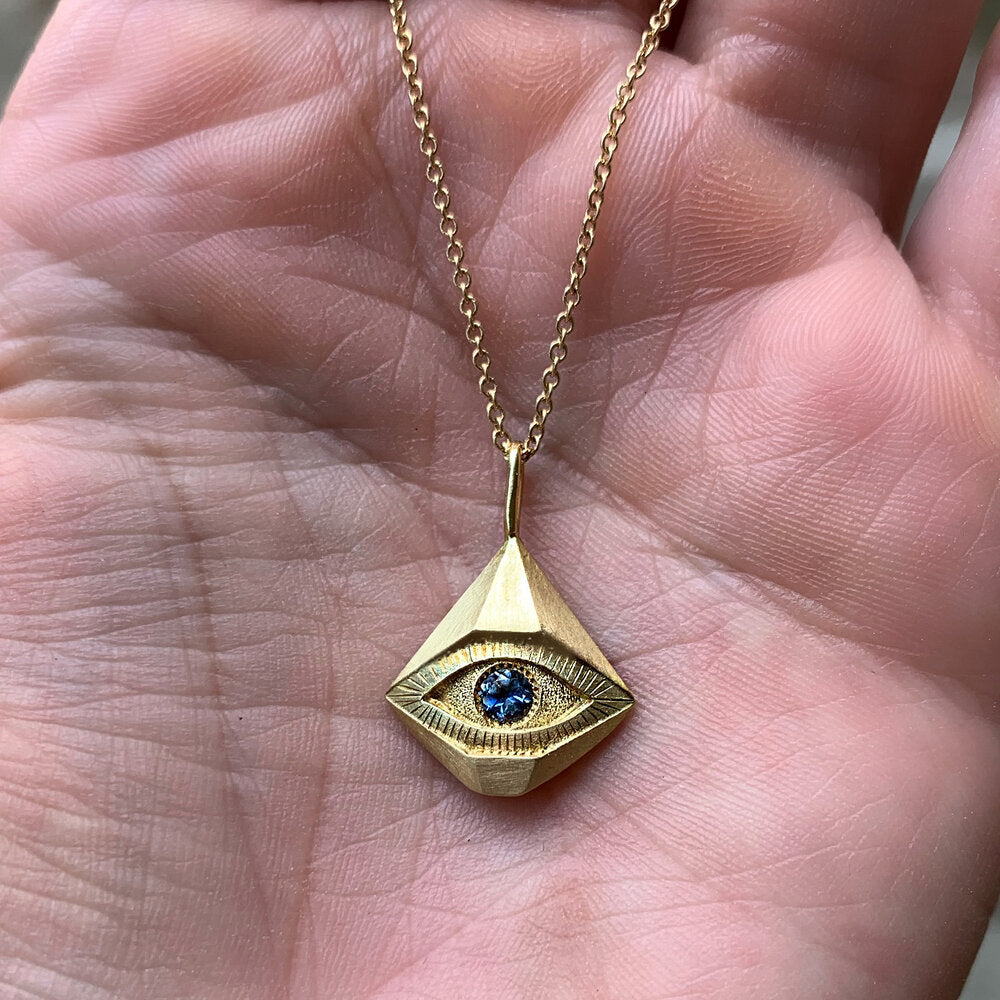A talisman is an object that is believed to have magical powers and bring good luck or protection to its owner. Talismans have been used for centuries in various cultures and religions around the world.
The word "talisman" comes from the Arabic word "tilasm," which means completion or perfection. Talismans can be made from various materials, including stones, metals, herbs, and even animal parts. They can be worn as jewelry, carried in a pocket or purse, or placed in a specific location, such as a home or workplace.
Talismans are often associated with specific symbols or images that are believed to have particular meanings or powers. For example, a horseshoe is a common talisman that is believed to bring good luck and protect against evil spirits. The symbol of the eye is also a popular talisman, as it is believed to ward off the evil eye and protect against harm.
In some cultures, talismans are believed to have healing properties. For example, in traditional Chinese medicine, certain herbs and stones are used as talismans to promote health and well-being. In Hinduism, the sacred symbol of the lotus flower is often used as a talisman to promote spiritual growth and enlightenment.
Talismans are also used in various forms of magic and witchcraft. In Wicca, for example, talismans are often used in spells and rituals to attract love, wealth, or protection. In African and Caribbean religions, talismans are used in voodoo and hoodoo practices to bring about specific outcomes or to protect against harm.
While the use of talismans is often associated with superstition and belief in the supernatural, many people find comfort and inspiration in these objects. Whether used for protection, healing, or spiritual growth, talismans can serve as powerful reminders of our connection to the world around us and our ability to manifest our desires and intentions.
The word "talisman" comes from the Arabic word "tilasm," which means completion or perfection. Talismans can be made from various materials, including stones, metals, herbs, and even animal parts. They can be worn as jewelry, carried in a pocket or purse, or placed in a specific location, such as a home or workplace.
Talismans are often associated with specific symbols or images that are believed to have particular meanings or powers. For example, a horseshoe is a common talisman that is believed to bring good luck and protect against evil spirits. The symbol of the eye is also a popular talisman, as it is believed to ward off the evil eye and protect against harm.
In some cultures, talismans are believed to have healing properties. For example, in traditional Chinese medicine, certain herbs and stones are used as talismans to promote health and well-being. In Hinduism, the sacred symbol of the lotus flower is often used as a talisman to promote spiritual growth and enlightenment.
Talismans are also used in various forms of magic and witchcraft. In Wicca, for example, talismans are often used in spells and rituals to attract love, wealth, or protection. In African and Caribbean religions, talismans are used in voodoo and hoodoo practices to bring about specific outcomes or to protect against harm.
While the use of talismans is often associated with superstition and belief in the supernatural, many people find comfort and inspiration in these objects. Whether used for protection, healing, or spiritual growth, talismans can serve as powerful reminders of our connection to the world around us and our ability to manifest our desires and intentions.



Leave a comment
All comments are moderated before being published.
This site is protected by hCaptcha and the hCaptcha Privacy Policy and Terms of Service apply.